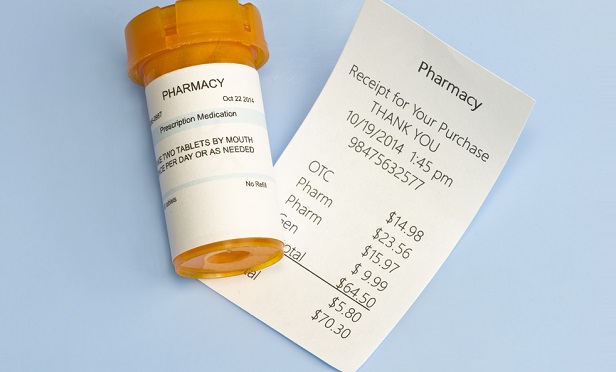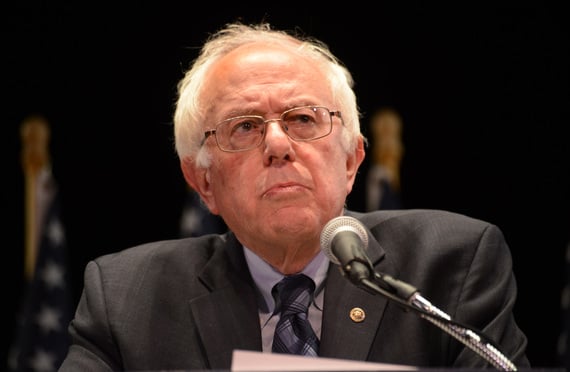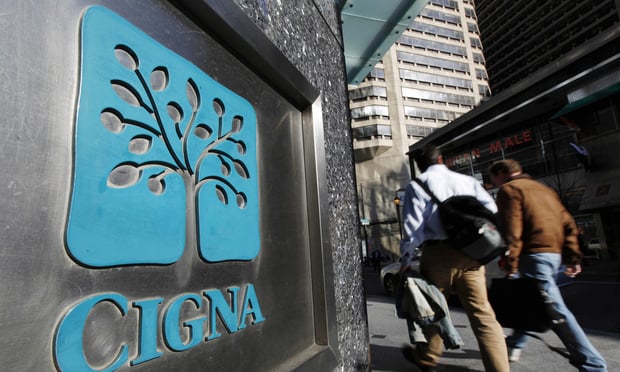 The law wouldhave required PBMs not only to reimburse pharmacies at or abovetheir wholesale costs paid for generic drugs, but also keep themfrom paying their own drugstores more than they pay others. (Photo:Shutterstock)
The law wouldhave required PBMs not only to reimburse pharmacies at or abovetheir wholesale costs paid for generic drugs, but also keep themfrom paying their own drugstores more than they pay others. (Photo:Shutterstock)
The Supreme Court will be reviewing a decision by the 8thCircuit Court of Appeals that held that the Employee RetirementIncome Security Act restricts states' ability to regulate howpharmacy benefit managers set drug prices charged to pharmacies andby extension to consumers.
|According to the Society for Human Resource Management, at least 38 other states have passed similarlaws, but the one at the heart of the review and being challenged bythe PBM industry is Rutledge v. Pharmaceutical Care ManagementAssociation. Arkansas Attorney General Leslie Rutledge is facingdown the PBM industry over a state law that regulates PBMs'prescription drug pricing agreements with pharmaceuticalmakers.
|Related: Employers rethinking their dependence on PBMs foraddressing drug costs
|In 2015, the Arkansas legislature passed Act 900, which wouldhave required PBMs not only to reimburse pharmacies at or abovetheir wholesale costs paid for generic drugs, but also keep themfrom paying their own drugstores more than they pay others.
|The challenge to PBMs' ability to avoid such regulation couldlie with ERISA, and whether it preempts state laws regulating howcompanies like Express Scripts and CVS Health make money offprescription drugs.
|U.S. Solicitor General Noel Francisco urged the court to takethe case, arguing that Act 900 "doesn't referenceemployer-sponsored drug plans that are regulated under ERISA, nordoes it have an impermissible connection with them, so ERISA shouldnot preempt states from regulating PBM agreements."
|Thirty-two states, including California and New York, have alsourged the court to take up the matter, arguing that such state lawsare efforts to increase transparency and slow the skyrocketing costof prescription drugs.
|Specialty drugs drive much of the rise, accounting for less than1 percent of prescriptions in 2019 but for 40 percent of total drugcosts. In addition, the report adds that the top 10 drugs by grosscost accounted for 20 percent of employers' pharmacy spending in2018.
|Read more:
Complete your profile to continue reading and get FREE access to BenefitsPRO, part of your ALM digital membership.
Your access to unlimited BenefitsPRO content isn’t changing.
Once you are an ALM digital member, you’ll receive:
- Critical BenefitsPRO information including cutting edge post-reform success strategies, access to educational webcasts and videos, resources from industry leaders, and informative Newsletters.
- Exclusive discounts on ALM, BenefitsPRO magazine and BenefitsPRO.com events
- Access to other award-winning ALM websites including ThinkAdvisor.com and Law.com
Already have an account? Sign In
© 2024 ALM Global, LLC, All Rights Reserved. Request academic re-use from www.copyright.com. All other uses, submit a request to [email protected]. For more information visit Asset & Logo Licensing.








